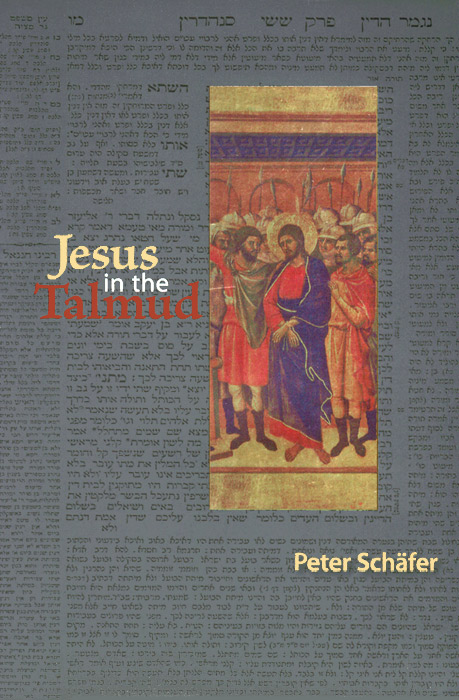This book is about the perception of Jesus of Nazareth, the founder of Christianity, in the Talmud, the foundation document of rabbinic Judaism in Late Antiquity. What do these two - Jesus and the Talmud-have in common? The obvious answer is: not much. There is, on the one hand, the collection of writings called the New Testament, undisputedly our major source for Jesus" life, teaching, and death, most of it written in the second half of the first century C.E.1 And there is "the" Talmud, on the other, the most influential literary product of rabbinic Judaism, developed over several centuries in its two versions in Palestine and in Babylonia (the first, the Palestinian or Jerusalem Talmud, was edited in fifth-century Palestine, and the second, the Babylonian Talmud, reached its final form in the early seventh century in Babylonia). Both documents, the New Testament and the Talmud, could not be more different in form and content: the one, written in Greek, is concerned about the mission of this Jesus of Nazareth, who, regarded as the Messiah and the Son of God, was rejected in this claim by most of his fellow Jews, put to death by the Roman governor Pontius Pilate, and resurrected on the third day after his crucifixion and taken up into heaven; the other, written mostly in Aramaic, is a huge collection of mainly legal discussions that deal with the intricacies of a daily life conducted according to the rabbinic interpretations of Jewish law. Это и многое другое вы найдете в книге Jesus in the Talmud (Peter Schafer)
Jesus in the Talmud Peter Schafer
Подробная информация о книге «Jesus in the Talmud Peter Schafer». Сайт не предоставляет возможности читать онлайн или скачать бесплатно книгу «Jesus in the Talmud Peter Schafer»
